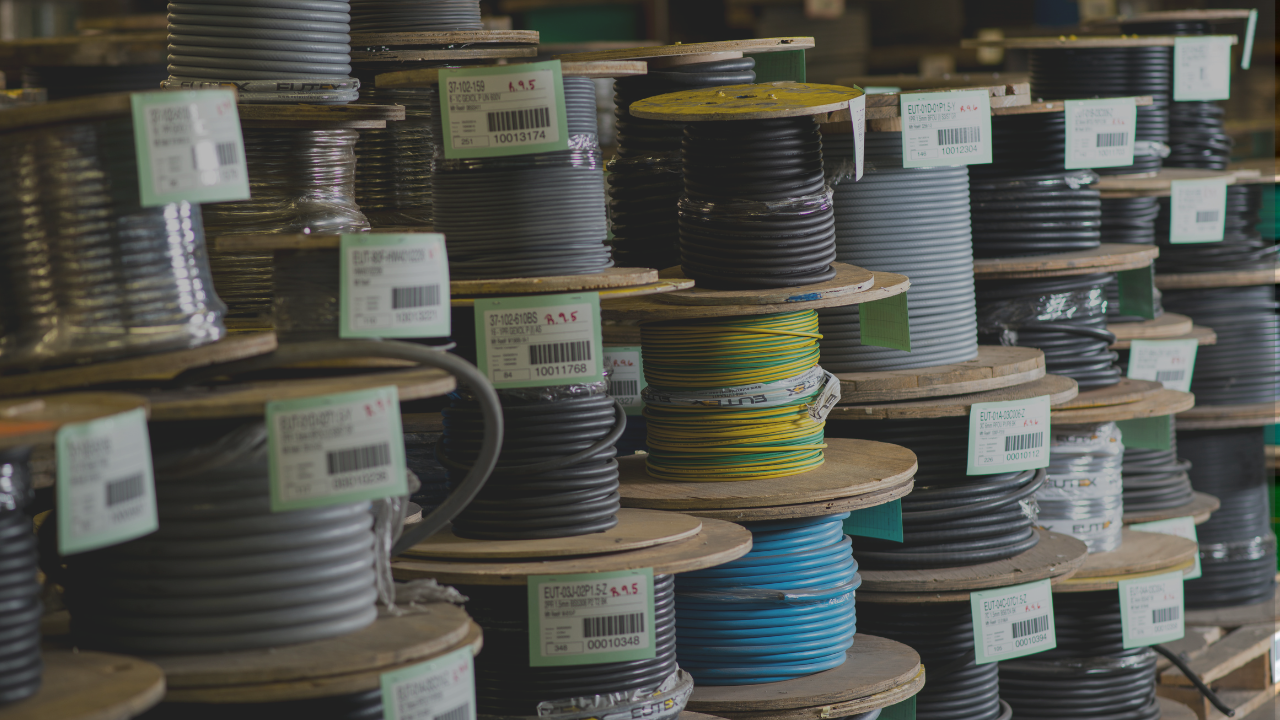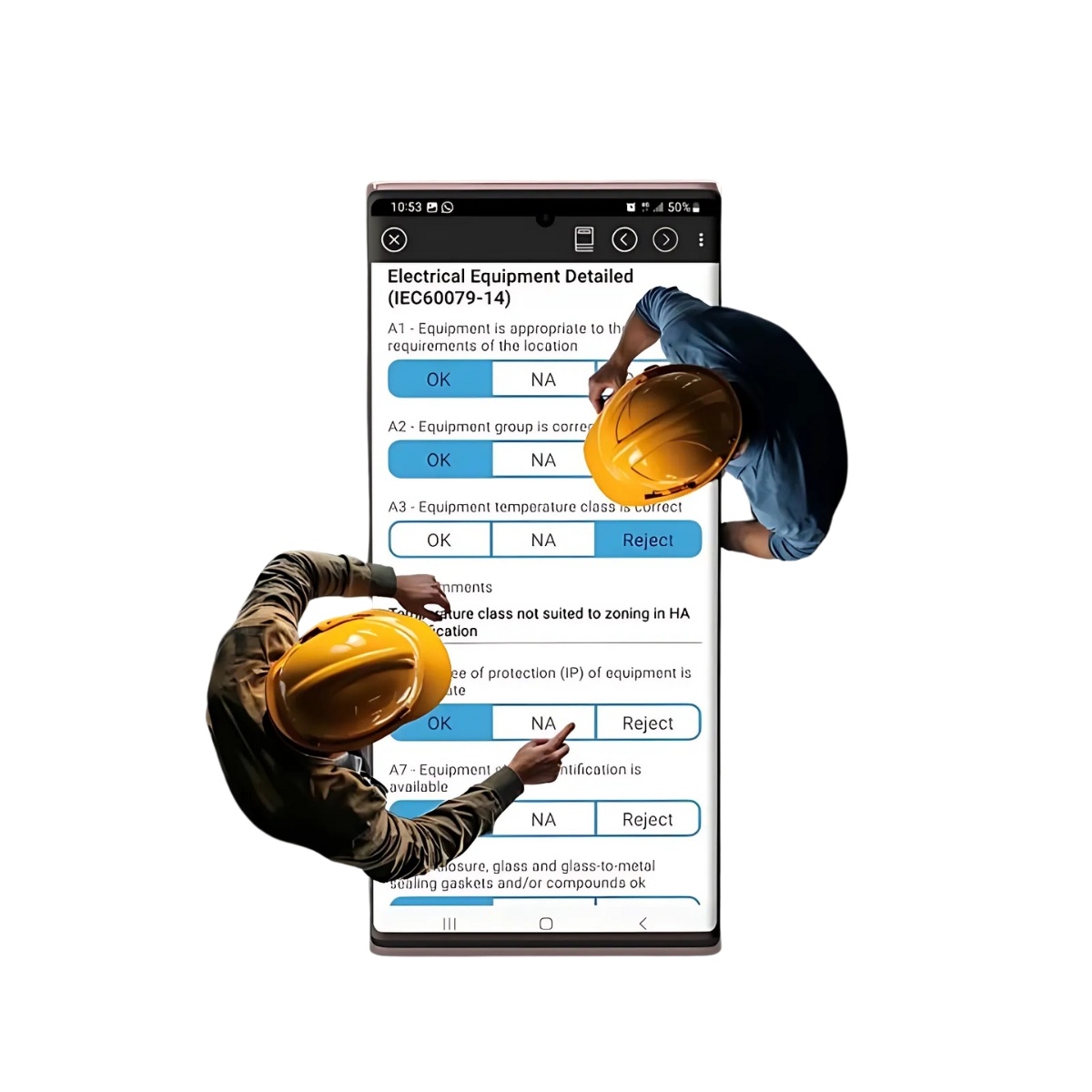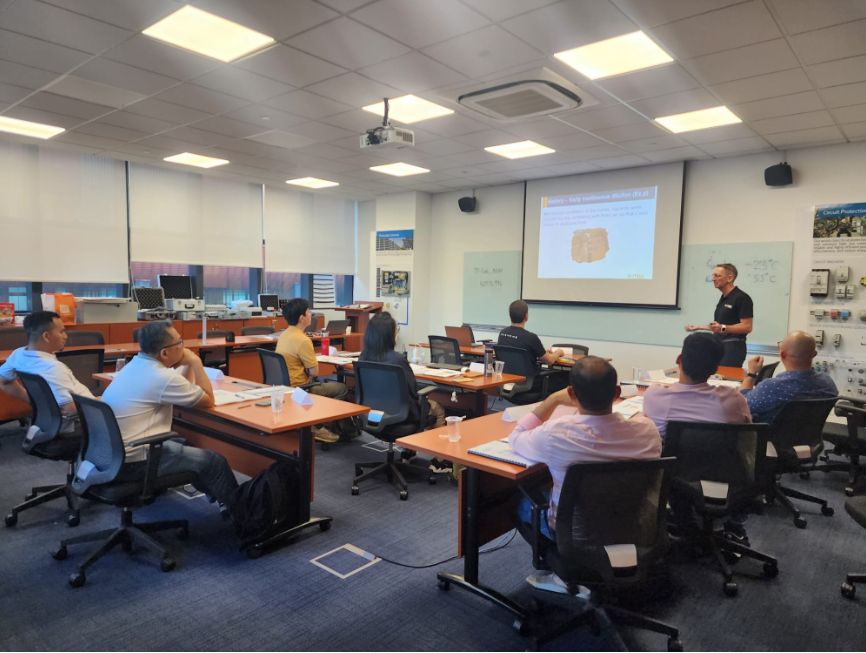The choice of cables for applications in potentially explosive environments holds critical importance. Cables are essential for electrical distribution, but the complexity lies in the fact that explosion protection, primarily addresses the certified equipment used rather than the connecting cable itself. (i.e. you do not get ATEX or IECEx Certified cable!)
Safety of equipment is typically ensured through specific ignition protection types outlined in relevant standards. For instance, the IEC 60079-1 on "Flameproof Enclosure" however there is no explicit requirement for cables to be certified as flameproof (Exd).
Manufacturers and testing laboratories responsible for device certification, are not obligated to specify or test cable glands in detail and therefore typically test flameproof devices without cables.
Improper cables or cable glands can compromise the protection class of the device, leading to explosion hazards.
International standards (IEC) are gradually addressing these concerns by specifying detailed requirements for cables in applicable ignition protection categories. The responsibility hierarchy is established as follows:
- The device manufacturer is responsible for the cable gland introduction.
- The cable gland manufacturer is responsible for the safety of cable glands for defined cable types
- The installer and/or operator is responsible for selecting the suitable cable and matching it with the appropriate cable gland.
General Requirements for Cables / Mechanical Design:
The IEC 60079-14 standard outlines general requirements for cables, emphasizing mechanical robustness. Circular and compact cables are crucial, ensuring proper sealing of cable entries. However, permissible tolerances for circularity are not explicitly defined.
Key points include:
- Jacket material: Thermoplastic, thermosetting, or elastomeric material.
- Shape of the cable: Circular and compact for effective sealing and compressive strength.
- Embedding and fillers: Extruded bedding or sheath with non-hygroscopic fillers.
- Potential flame transmission: Prevent gaps that may allow flame transmission.
Risk Management for Flame Transmission:
Flame resistance: Cables must be flame-retardant to prevent ignition and explosion.
- UV resistance: UV-resistant cables are recommended to maintain robustness in sunlight-exposed areas.
- Surface temperature: Cables must not exceed the temperature class of the system.
- Ambient temperature: Use cables within the manufacturer-specified ambient temperature range.
- Oil and mud resistance: Cables should withstand pollutants without compromising explosion protection.
- Installation:
Installation
The IEC standard deals with the installation issues in Chapter 9.3.7 "Avoidance of damage". The main rules are:
- When laying cables, protect them in such a way that they withstand all possible mechanical, chemical, and environmental risks.
- Pay attention to the maximum permitted bending radii (min. 8 x Da).
- Do not bend the cable directly behind the gland. Leave a few centimeters (min. 2.5 cm) of a straight cable behind the gland.
Popular cables that EUTEX stocks
NEK 606
NEK 606 is a specification by the Norwegian Electrotechnical Committee, covering requirements for halogen-free, mud-resistant low and high-voltage power, control and telecommunication cables.
NEK 606 MUD-resistant cables have distinct requirements in relation to the insulation, screening, braiding, bedding, and sheathing compound.
BFOU cables contain a mica glass tape making them flame-resistant.
RFOU cables are flame retardant.
The following table is a guide to NEK 606 cable code designation
Here EUTEX NEK 606 cable portfolio can be browsed.
Type P
Type P Cables are specially designed for installation and use in harsh environments found mostly on drilling rigs. These extreme environments can include severe cold and heat, constant heavy vibrations, mechanical stress, mud, and salt corrosion.
 Type P is typically constructed with Irradiated Cross-Linked Polyolefin insulation (Hence the P) and is also often jacketed with CPE (Chlorinated Polyethylene) increasing its resistance to sun, flame, chemicals, and oil. High strand counts can make the cable more flexible and resistant to vibration.
Type P is typically constructed with Irradiated Cross-Linked Polyolefin insulation (Hence the P) and is also often jacketed with CPE (Chlorinated Polyethylene) increasing its resistance to sun, flame, chemicals, and oil. High strand counts can make the cable more flexible and resistant to vibration.
Type P cable is available in armored and unarmored versions as well as a wide range of constructions:
- TYPE P VFD IEEE 1580 UL1309 CSA
- Power, Control, and signal cables, ranging from 20awg to 1111MCM
- Conductors/Pairs: Single conductor, multi-conductor, multi-paired
- Shielding: Shielded and unshielded; individual and overall screened
- Armor: unarmored, aluminum, tinned copper, and bronze armored constructions available
- Voltage: 300, 600/1000 volts, and 2KV
- Industry Approvals: Cables available with ABS, Coast Guard, Lloyds, and/or DNV approvals.
View EUTEX Type P Cable Portfolio here!
Metal Clad ( CLX Cable Types )
Metal-clad cables are designed for installation in various environments and applications. They are commonly used in commercial, industrial, and residential settings where a combination of mechanical protection and electrical conductivity is required.
- Mechanical Protection: Metal-clad cables have a robust outer armor, typically made of steel or aluminum, which provides excellent protection against physical damage, impact, and abrasion. This makes them ideal for installations where the cables may be exposed to harsh conditions or potential mechanical stresses.
- Electrical Conductivity: Metal-clad cables have a metallic armor that acts as a grounding conductor, ensuring proper electrical grounding and minimizing the risk of electrical shock or damage. This makes them suitable for installations that require reliable electrical conductivity and grounding, such as power distribution systems.
- Flexibility: Metal-clad cables are designed to be flexible and easy to install. The interlocked armor allows for bending and maneuverability, making them suitable for installations that require cable routing in tight spaces or around corners.
Metal-clad cables (MC cables) are designed and manufactured to meet various industry standards to ensure their safety, performance, and compliance with electrical codes. Some of the common standards that metal-clad cables adhere to include:
- National Electrical Code (NEC): The NEC is a widely recognized standard for electrical installations in the United States. Metal-clad cables must comply with the NEC requirements, including those related to ampacity, grounding, protection against physical damage, and installation methods.
- UL 1569: This standard is issued by Underwriters Laboratories (UL) and specifies the safety requirements for metal-clad cables. It covers various aspects such as construction, materials, insulation, conductor size, ampacity, and fire resistance.
- UL 83: UL 83 is another standard by Underwriters Laboratories that specifically applies to metal-clad cables used for general-purpose wiring in residential, commercial, and industrial applications. It covers aspects like construction, conductor insulation, ampacity, and mechanical protection.
- Canadian Electrical Code (CEC): The CEC is the national electrical code in Canada. Metal-clad cables used in Canada must meet the requirements specified in the CEC, including those related to ampacity, grounding, installation methods, and protection against physical damage.
- CSA C22.2 No. 51: This standard, issued by the Canadian Standards Association (CSA), specifies the safety requirements for metal-clad cables used in Canada. It covers aspects such as construction, materials, insulation, conductor size, ampacity, and fire resistance.
Do you need assistance to find a suitable cable for your hazardous area application?



